There are few lenses that make me as excited as the new F1 (yes F-ONE!) 50MM lens from Fujinon, Fujifilm’s lens brand. When the development announcement came out a year ago, I contacted my local camera shop and put my name down to ensure I was the first one on the list. It turned out to be a great decision because demand has been very high and the lens is now selling for a premium in the secondary market here in Asia.
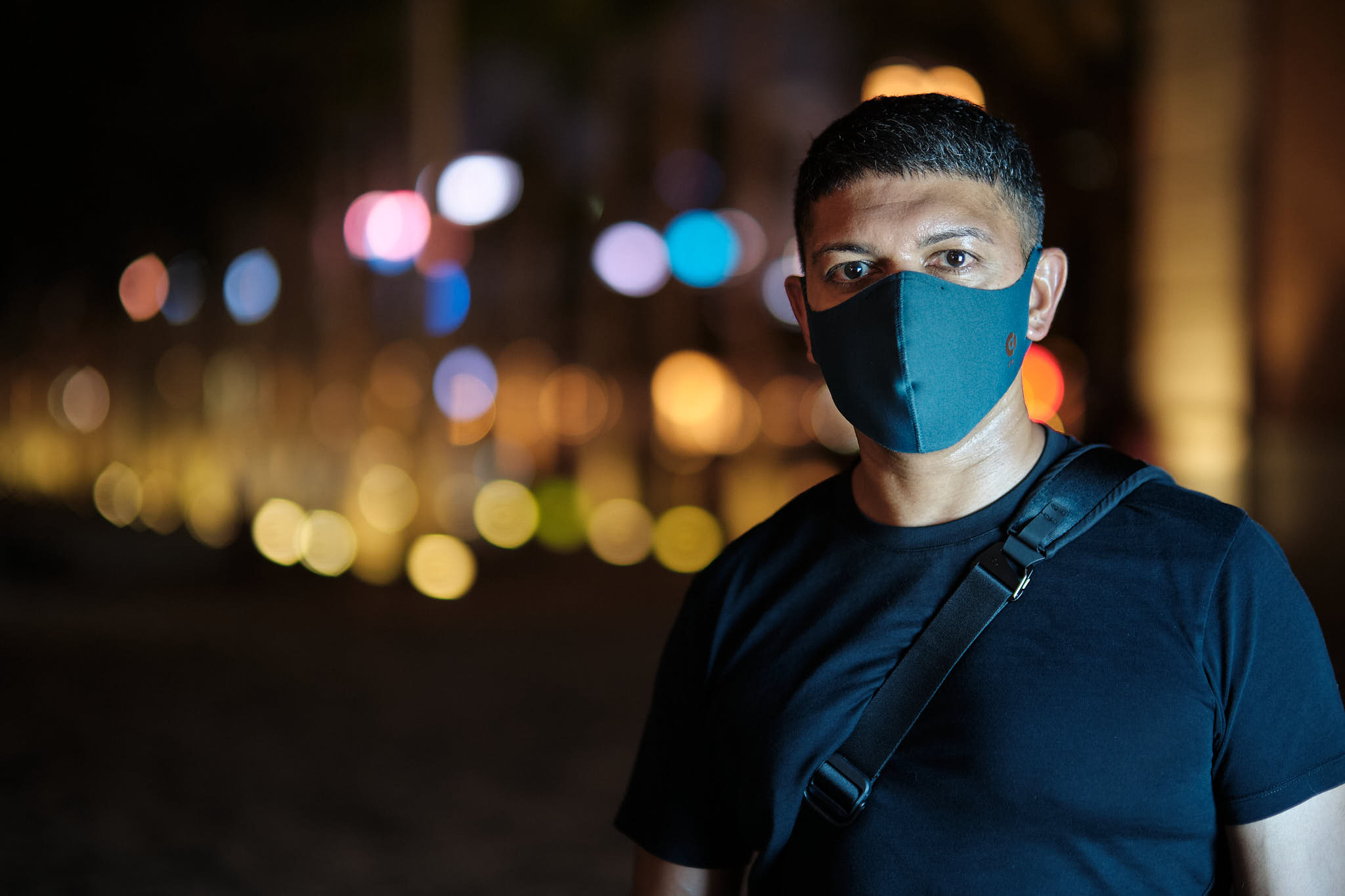
Because of some travel that came up, I didn’t have much time with the lens to take beautiful images, so I instead focused on trying to get some examples of the areas that make this lens unique, specifically its low-light capability, bokeh, and sharpness at F1. I hope to conduct a more thorough analysis in the future when I’m back in the same city as the lens.
Background
While my household already has the amazing Fujinon GF110 F2 and the new Sigma 85MM F1.4 for the Sony, we wanted to get the XF50 F1 because it’s an F1 lens, with autofocus! The fastest lenses I own are the excellent Voigtlander 50MM F1.2 and the Fujinon XF56 F1.2, but I’ve never used anything faster and wanted to see how Fujifilm’s engineers overcame the typical issues with fast lenses, like size and weight, aberrations, bokeh quality, and for the first time ever for an F1 lens, the autofocus speed.
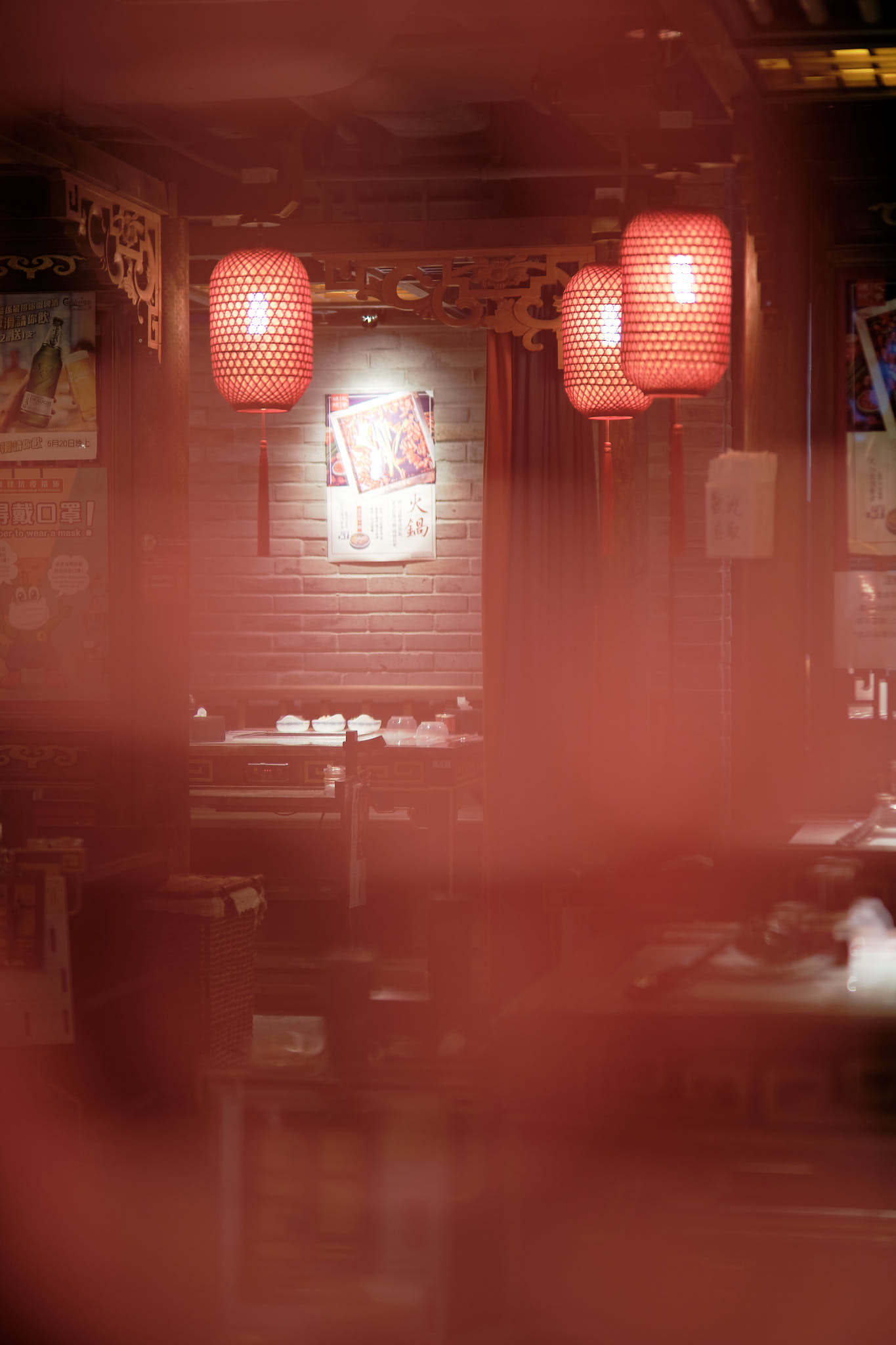
Upon opening the box, the lens reminds me more of a GF series lens rather than an XF series lens. However, once on the X-T4, the size and weight are not really an issue. If people bought into the X series for the size and weight, the XF50 F1 will offset any benefits in size and weight, since this lens is as hefty and large as the Sigma 85MM F1.4 for the full-frame Sony cameras.
Build Quality
The build quality is excellent and typical for Fujinon lenses, however I still don’t understand why the designers cannot get consistent aperture ring tension across the various lenses. All of the GF series lenses have a nicely weighted aperture ring that requires some force to accidentally turn. The XF lenses however have large variance in aperture ring feel with some lenses turning very easily while others have more tension. I find the XF50 F1 aperture ring often gets accidentally bumped off F1 which is rather annoying when you buy the lens for F1.
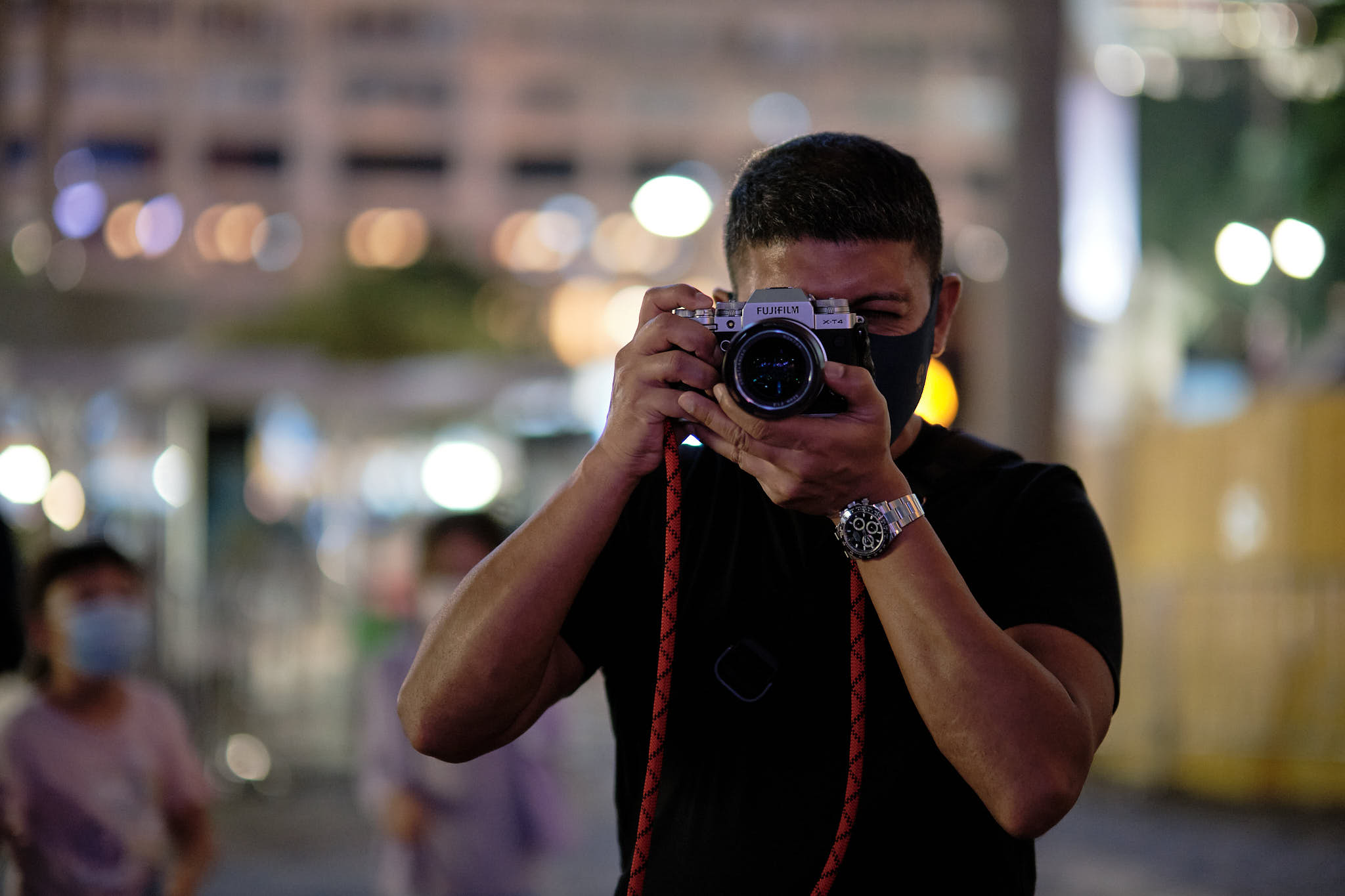
Besides that one small issue, the remainder of the lens is beautifully built and exudes quality. The hood clicks in nicely (although I would not bother using one with this lens) and the front concave lens element looks super cool. I appreciate that I’ll lose half the quantitative readers with that statement, but I’m not ashamed to admit I care about how a camera and lens looks. The lens is wide and stubby, but works well with the X-T4’s grip, and I imagine even better with the X-H1’s larger grip. As noted earlier, this lens feels more like a GF lens, and as such, it works best to place your left hand under the lens and your right hand on the camera grip, just like how GFX users ensure their equipment doesn’t lose out to the allure of gravity.
Image Quality
As with most Fujinon prime lenses on the X system, the image quality is excellent, even at the widest aperture of F1. Physics dictates that a lens will be hard to correct at wide apertures like F1 so you would expect it to sharpen up at smaller apertures, and that’s exactly what happens. At each step from F1.4 to F2.8, there is a noticeable step up in image quality, which then levels out by F4.

There has been a lot posted online about the cats eye bokeh, so I compared the XF50 F1 to the Sigma 85MM F1.4 and the GF110 F2. I found that each of the three lenses also shows cats eye bokeh at their widest aperture so I don’t think it’s as big an issue as some people have made it out to be. The lens is sharp at F1 with a nice and smooth transition from in focus to out of focus. The bokeh is especially beautiful with no harsh edges and smooth creamy bokeh.
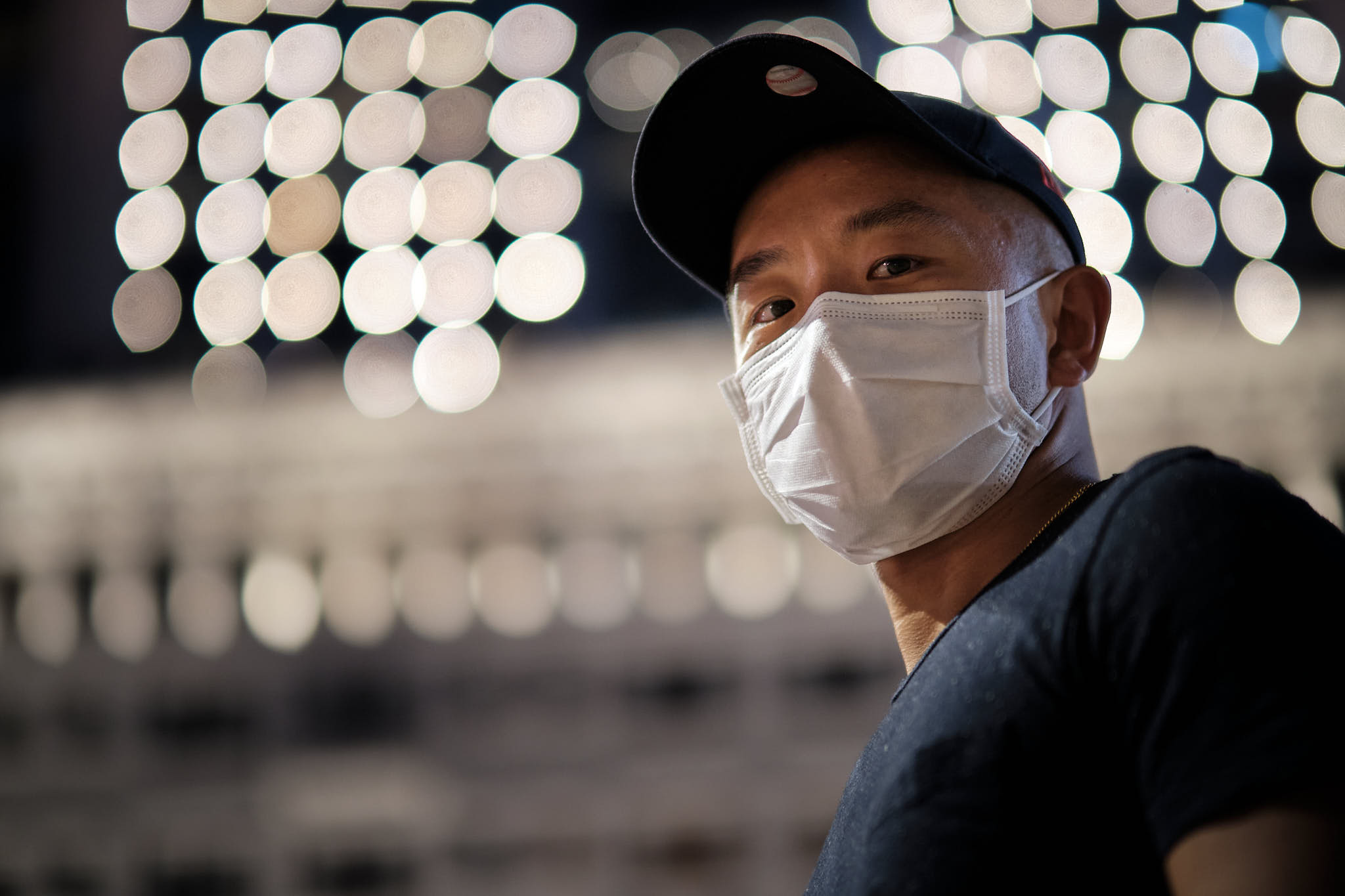
I can’t imagine anyone feeling this lens lacks in image quality, however when compared to the Sigma 85MM F1.4 or the GF110 F2, it obviously can’t quite keep up, given the lower 26MP resolution on the X-T4 versus the 61MP on the Sony and 50MP on my GFX. I don’t think this is a fair comparison given the different systems, but I see people asking for how it compares to the Sigma 85MM F1.4 so I thought I’d give a qualitative viewpoint.
As with any very wide aperture lens, there are aberrations present at F1, with purple fringing being especially visible even without pixel peeping. For context, you even get this on the uber expensive Leica 50MM Noctilux lens. I’ve included a sample image of Hong Kong below that shows the fringing at its most extreme. You can eliminate all that purple fringing in Capture One or Lightroom, but I left it so that you know what to expect if you buy this lens.
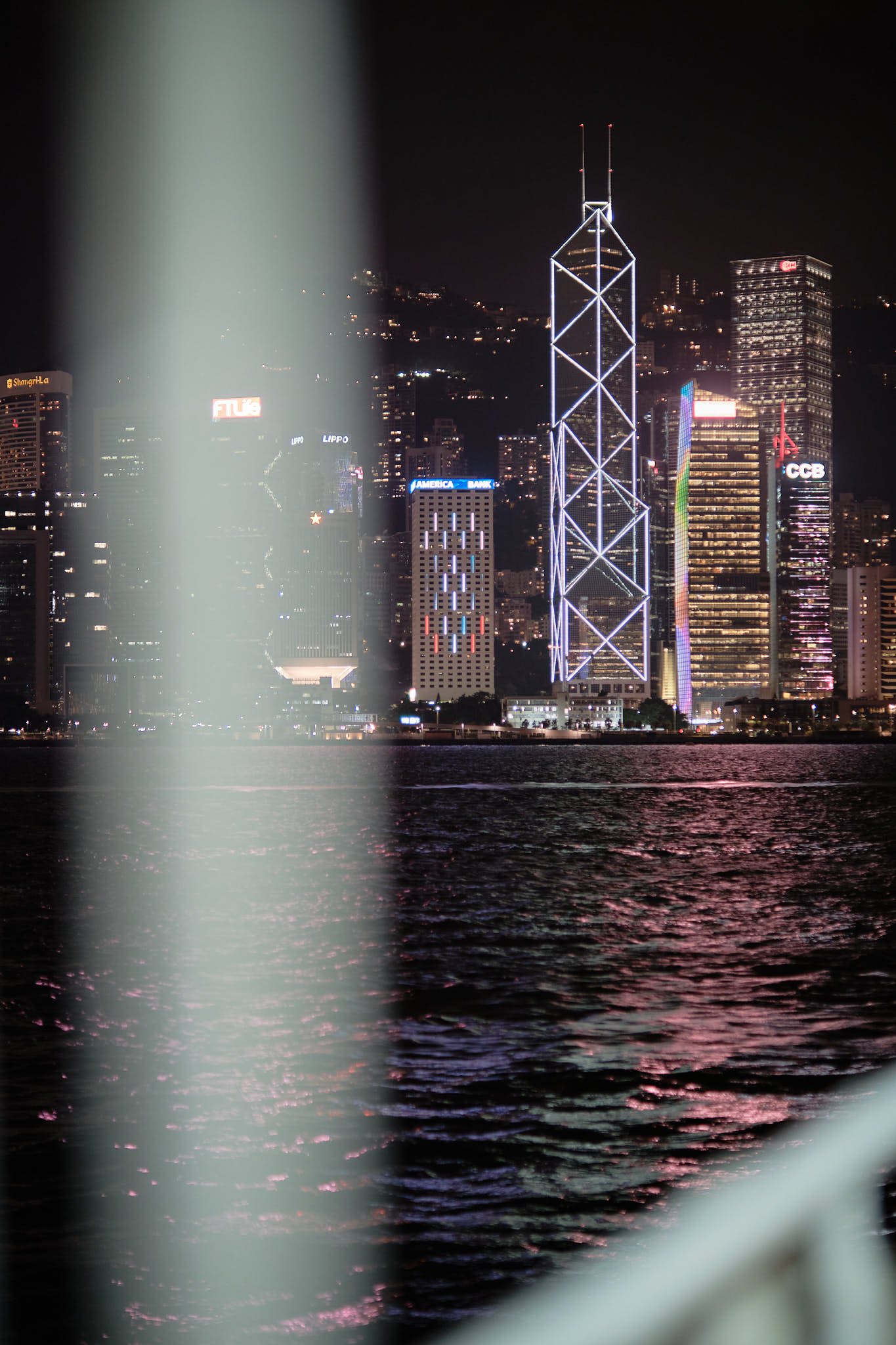
When viewing each image at their widest aperture, I subjectively prefer the GF110 F2 as the best, the XF50 F1 as the second best and the Sigma 85MM F1.4 as third. The reason for that ranking is that the GF110 F2 is somehow wickedly sharp without looking harsh and digital. The XF50 F1 has the same effect, but achieves it in a different way; it isn’t wickedly sharp but instead looks organic and almost post processed to smoothen out the wrinkles. The Sigma is wicked, wicked sharp and revealing at F1.4, but somehow looks harsh and “crunchy”. All three lenses however are amazing and we’re truly spoiled for choice these days.
AutoFocus Performance
This is perhaps one of the most important and interesting aspects of this lens. First, it’s the world’s only autofocus F1 lens for a mirrorless system. Second, the XF56 F1.2 already exists, but is widely panned for its poor autofocus performance. I wish I could say that the F1 lens is a rocket, but it’s not. It’s much better than the XF56 F1.2, but it’s not as fast as the linear motor Fujicrons like the XF23 F2 and XF35 F2. A side note is that you must update the firmware on the camera body or you’ll get strange autofocus hunting with the new lens.
When compared to the Sigma 85MM F1.4 and the GF110 F2, the XF50 F1 is pretty much on par, however there are some situations where the Sigma is faster than the two Fujinon’s. This likely comes down to the camera body rather than the lens’ physical capabilities as I notice the Sigma is significantly better at Eye Autofocus than the XF50 F1 on the X-T4 and miles better than the GF110 F2 on the GFX 50R.
The Sony A7R4 is an autofocus beast, the X-T4 is pretty good (but still needs improvement) and the GFX50R is a snail so it’s really hard to compare with the different bodies. I also don’t see people who own an X-T4 to be cross-shopping with the other two camera bodies, so the comparison that people are posting about online is largely irrelevant, albeit fun to debate.
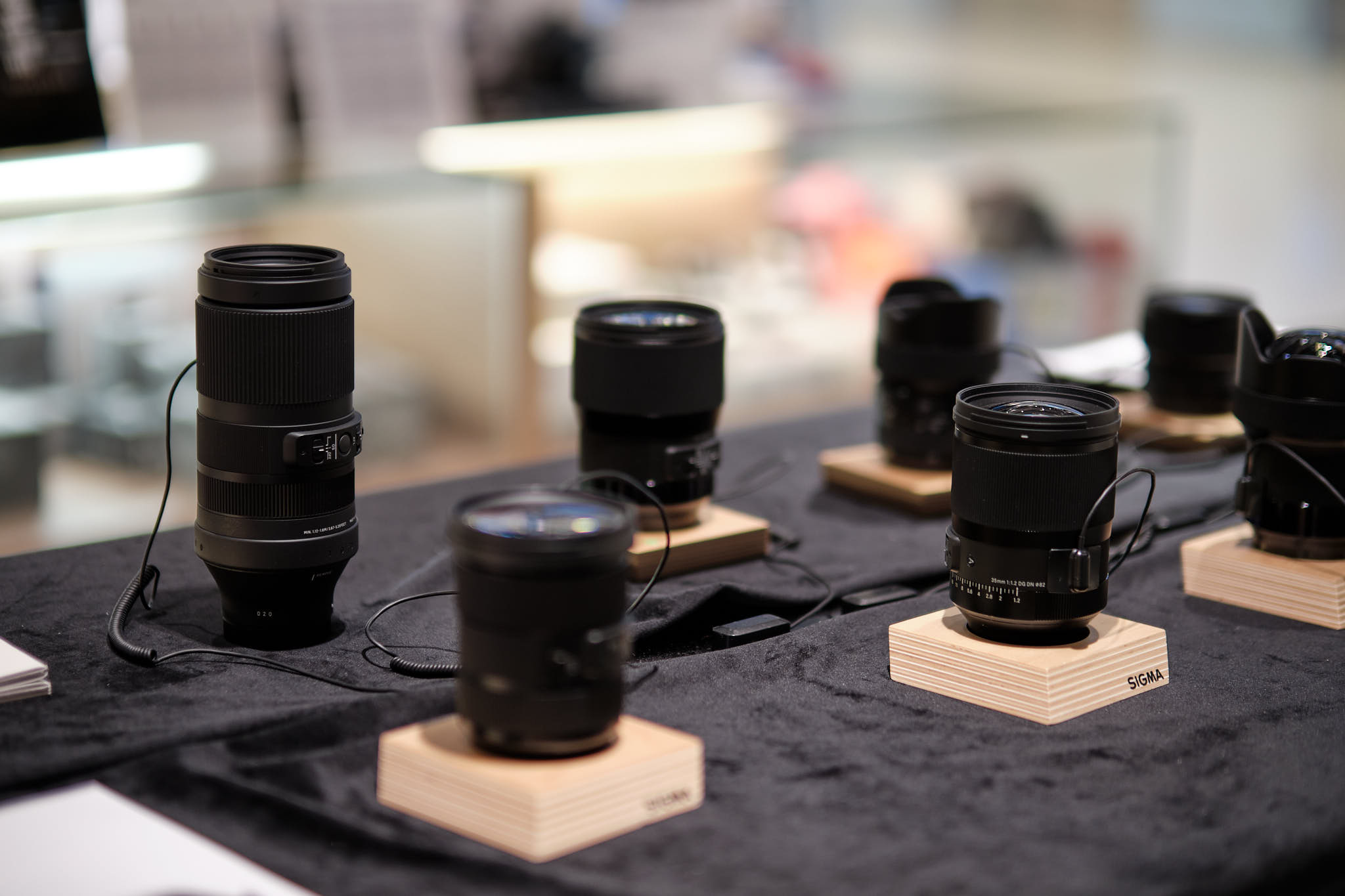
When compared to the XF56 F1.2, the XF50 F1 is a significant step up. The autofocus is much quieter and faster. Where the F1.2 lens was not useable in continuous AF, the F1 can keep up with slower moving subjects just fine. However, if you intend on tracking a fast moving subject like a puppy, the combination of the F1 lens and the X-T4 will result in a frustrating experience.
To give some additional context, I took the Sigma out with the A7R4 and also found the hit rate to be relatively low with my puppy, however it was still much better than the Fujifilm combination. The animal eye detect on the Sony is amazing, even with a shallow depth of field lens like the Sigma 85MM at F1.4. Every Fujifilm owner owes it to himself or herself to try out Sony’s autofocus system; it’ll literally open your eyes (and your subject’s) to how good autofocus can be.
Conclusion
The XF50 F1 is another winner for Fujifilm. In comparison to other XF lenses, it’s expensive, big and heavy, but it’s worth every dollar, mm, and gram. It brings shallow depth of field to the crop-sensor format in a very usable field of view, it creates creamy and beautiful bokeh, and at F1, it’s sharp enough while not making your subject wince when he or she sees every wrinkle around their one eye that’s in focus.
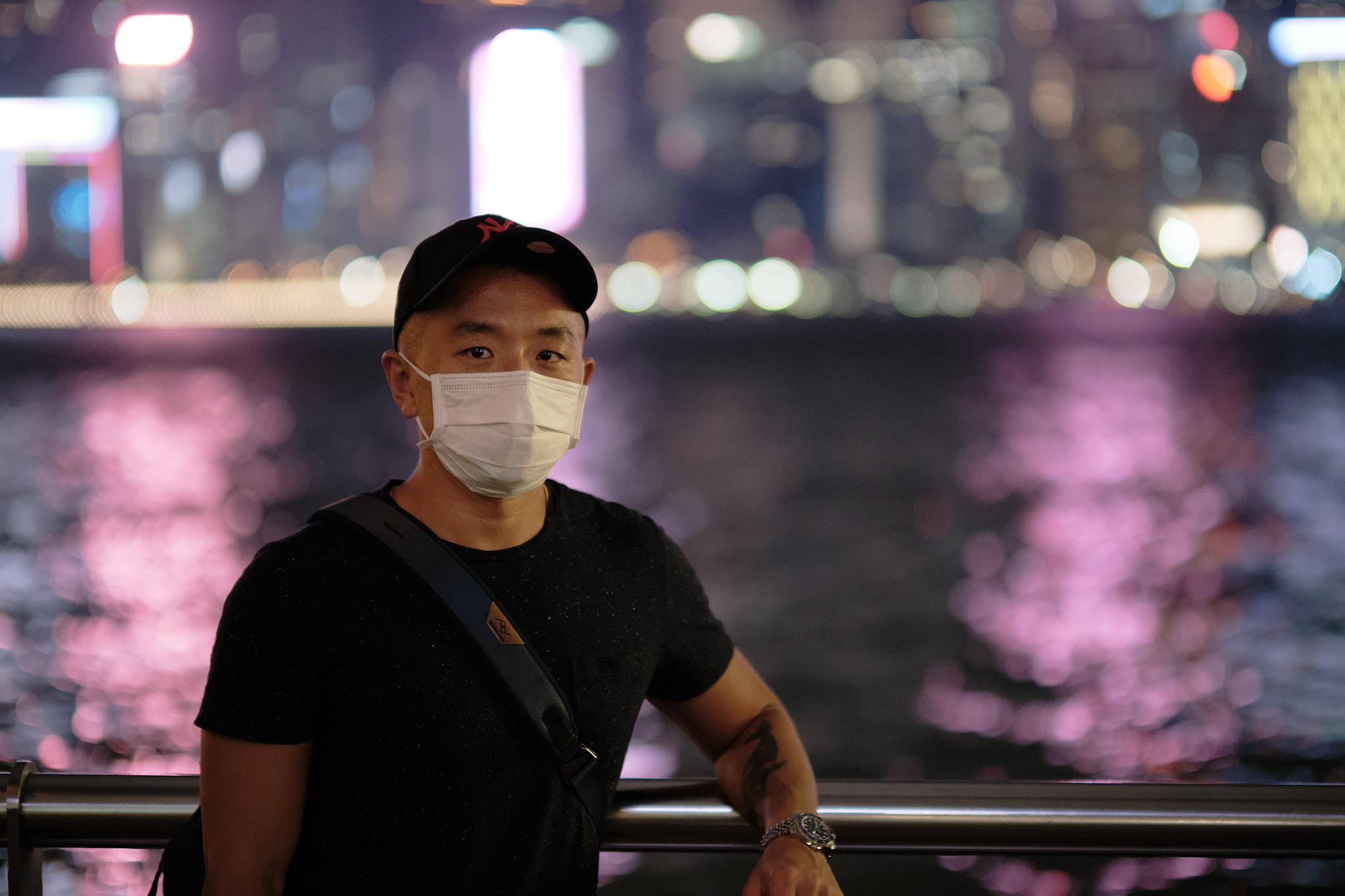
I’ll leave with you with one final comment that I haven’t seen in other reviews. There is a real benefit in the dark to F1 on a crop sensor versus F1.4 on full frame or F2 on the GFX, in that you can get the benefit of a faster shutter speed or lower ISO. In theory, one should be able to match the faster shutter speed on the slower lens cameras with the subsequent increase in noise offset by the larger sensors. However, in practice, especially with the GFX 50R which utilizes an old sensor, the increase in noise is not always sufficiently offset by the larger sensor which gives a tangible advantage to the X-T4 paired with the XF50 F1.
I hope that you’ve enjoyed this first impressions review. I didn’t have much time with the lens before my trip, so I hope to carry out a more thorough review in the future when I have access to my test charts again. In the meantime, if you want to see truly stunning images taken with this lens, I highly recommend you pay a visit to Jonas Rask’s review here.
Discover more from fcracer - Travel & Photography
Subscribe to get the latest posts sent to your email.